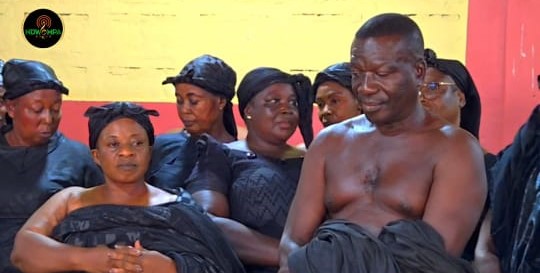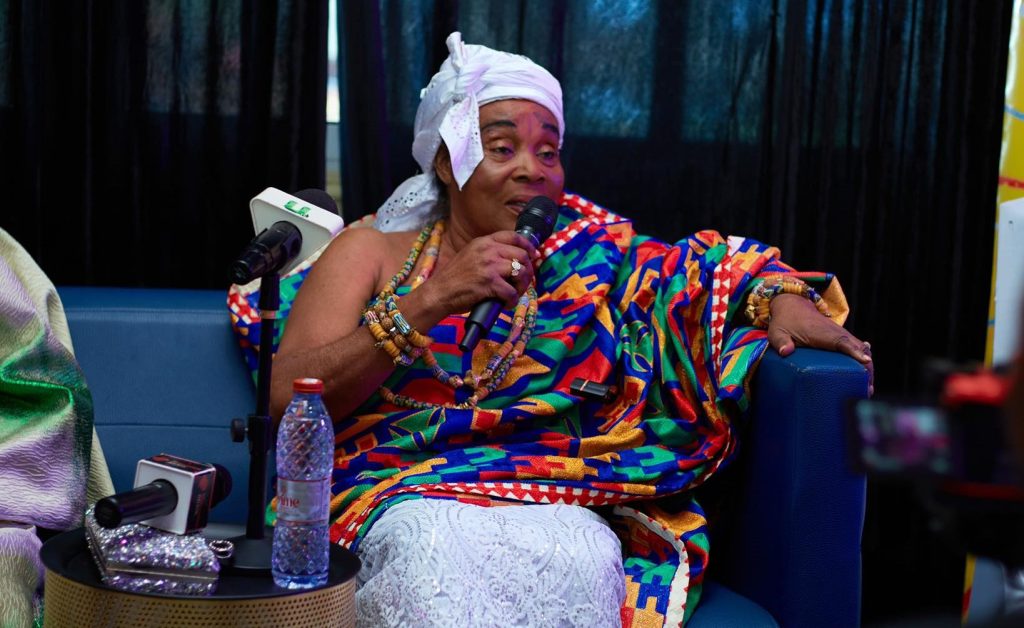map of irregularities and violations in election 2012
Written by Prince Swaggart on April 28, 2013
As part of the evidence and exhibits presented to the Supreme Court of Ghana, the main witness of the petitioners, Dr. Mahamudu Bawumia also presented to the Supreme Court in hard copy a geographic representation of the spread of the constitutional, statutory violations and irregularities that affected the conduct and outcome of the December 7, 2012 General Election.
This map was contained in the powerpoint presentation presented in hardcopy to the judges of the Supreme Court.
A glance at the map indicates that indeed, the elections of December 7th were affected hugely by the various irregularities and violations which occurred in various degrees all over the country. Every single region and every one of the 275 constituencies was affected by the multiple forms of irregularities.
The irregularity map shows the various categories of irregularities which affected the vote in the various regions and the degrees to which they occurred.
The map shows that for example, close to 30% of votes to be annulled as a result of over-voting comes from the Greater Accra Region. The Volta and Northern Regions follow with almost 15% of all votes to be annulled as a result of over-voting coming from each of the two regions.
The Upper East, Central and Western Regions each account for fewer than 10% of the incidents of over-voting while the Eastern, Ashanti, Brong Ahafo and the Upper West Regions each account for under 5% of the incidents of over-voting.
On voting without biometric verification, almost 20% of the votes that would have to be annulled as a result of this infraction of the law emanate from the Greater Accra Region, whilst the Volta and Northern Regions each account for under 15% of all the votes to be annulled due to voting without biometric verification.
Just like over-voting, the Upper East, Western and Central Regions each account for under 10% of all votes to be annulled due to this category of irregularity/violation. The remaining four regions namely, Upper West, Brong Ahafo, Ashanti and Eastern each account for under 5% of the votes the petitioners are seeking to be annulled.
In all the analysis from the 11,138 polling stations the petitioners are requesting the Supreme Court to annul, the Greater Accra region was the region most affected by the irregularities, violations and malpractices during the December 7th elections. As a result, 1,044,532 votes in total would have to be annulled from the region’s total valid votes cast.
Following closely is the Volta Region, from which 550,057 votes would have to be annulled from the total valid votes from the region. The Western and Central Regions follow in that order with 500,485 and 499,270 votes to be annulled respectively.
The Northern, Brong Ahafo and Eastern Regions are next in the queue of regions most affected by the irregularities with 482,288, 399,218 and 301,311 votes needing to be annulled respectively from the three regions.
The Ashanti, Upper West and Upper East Regions, in terms of total numbers, were not spared by the irregularities, though they were the least affected. A total of 266,839 ‘illegal’ votes are to be annulled in the Ashanti region, 200,889 ‘illegal’ votes in Upper West, and 136,526 in Upper East.
The analysis of the petitioners, however, paints a different picture if the votes to be annulled are analyzed with respect to the total number of eligible voters in the various regions.
That analysis shows that when compared to the total eligible voters, the Upper West Region was most affected by the irregularities as 55.12% of all potential votes from the region were tainted by the irregularities. The Volta Region, again, placed 2nd with 47.55% of all potential votes from the region tainted and therefore needing to be annulled. The Central, Northern Regions and Greater Accra follow in that order with 40.54%, 38.17% and 37.40% of potential votes from the regions being tainted respectively.
The Western, Brong Ahafo, Upper East, Eastern and Ashanti Regions are the regions which, with respect to the total voters register, recorded the least percentages of irregularities per the analysis of the petitioners.







 Ndwompa Radio
Ndwompa Radio  NDWOMPA RADIO
NDWOMPA RADIO